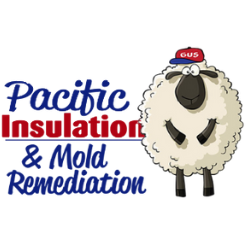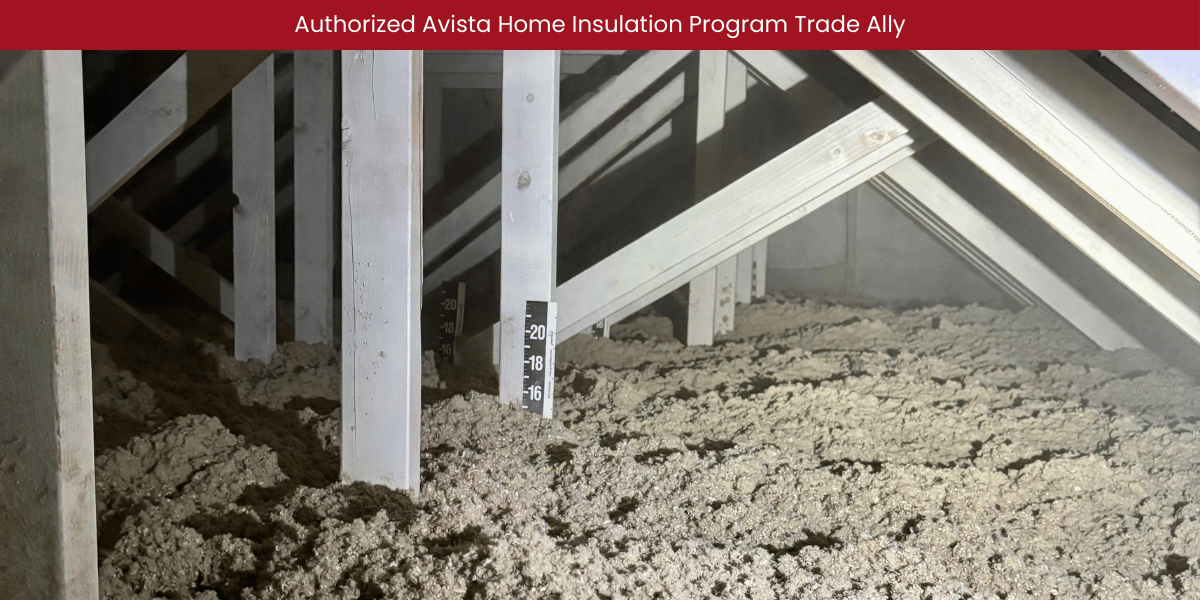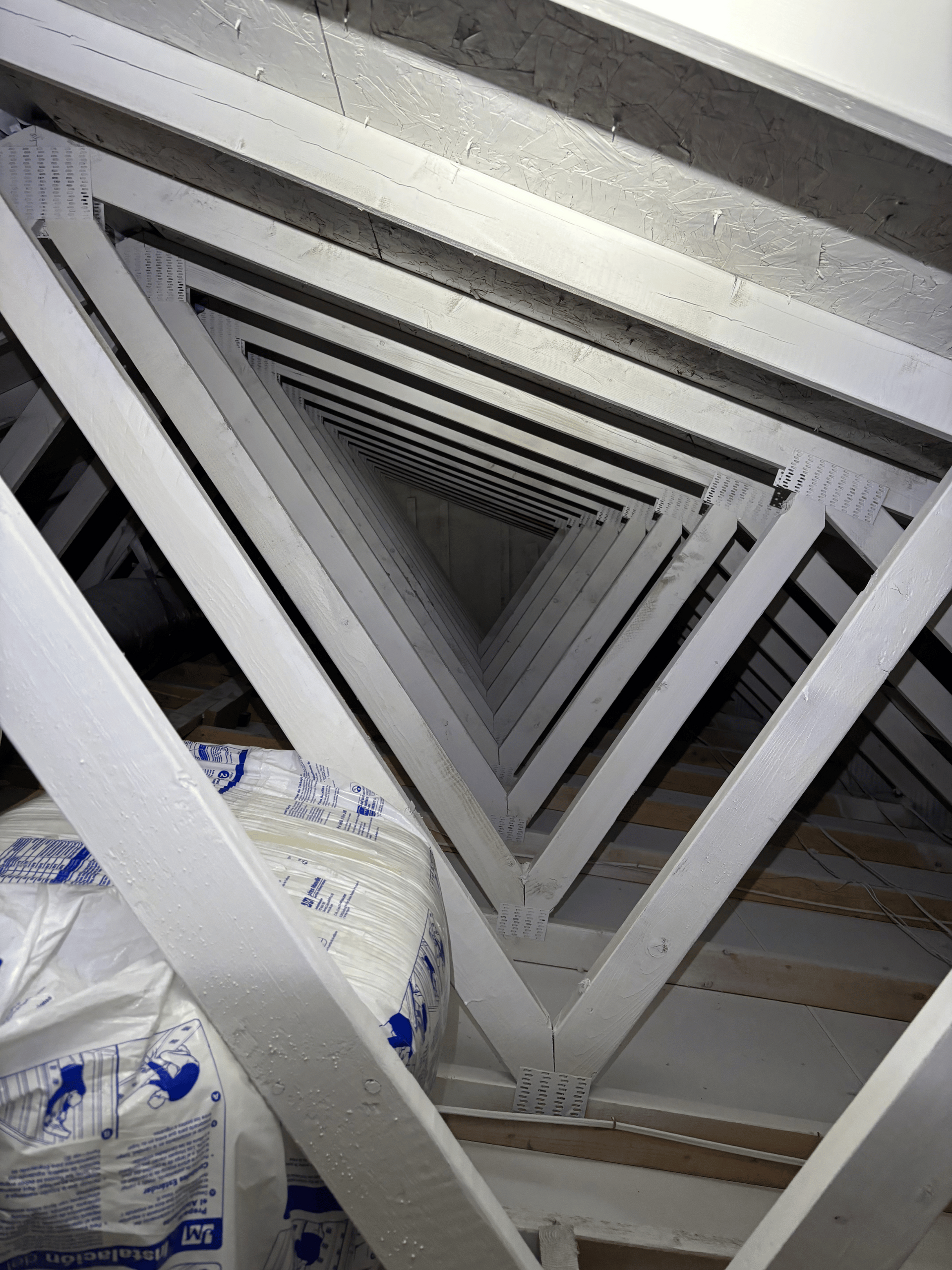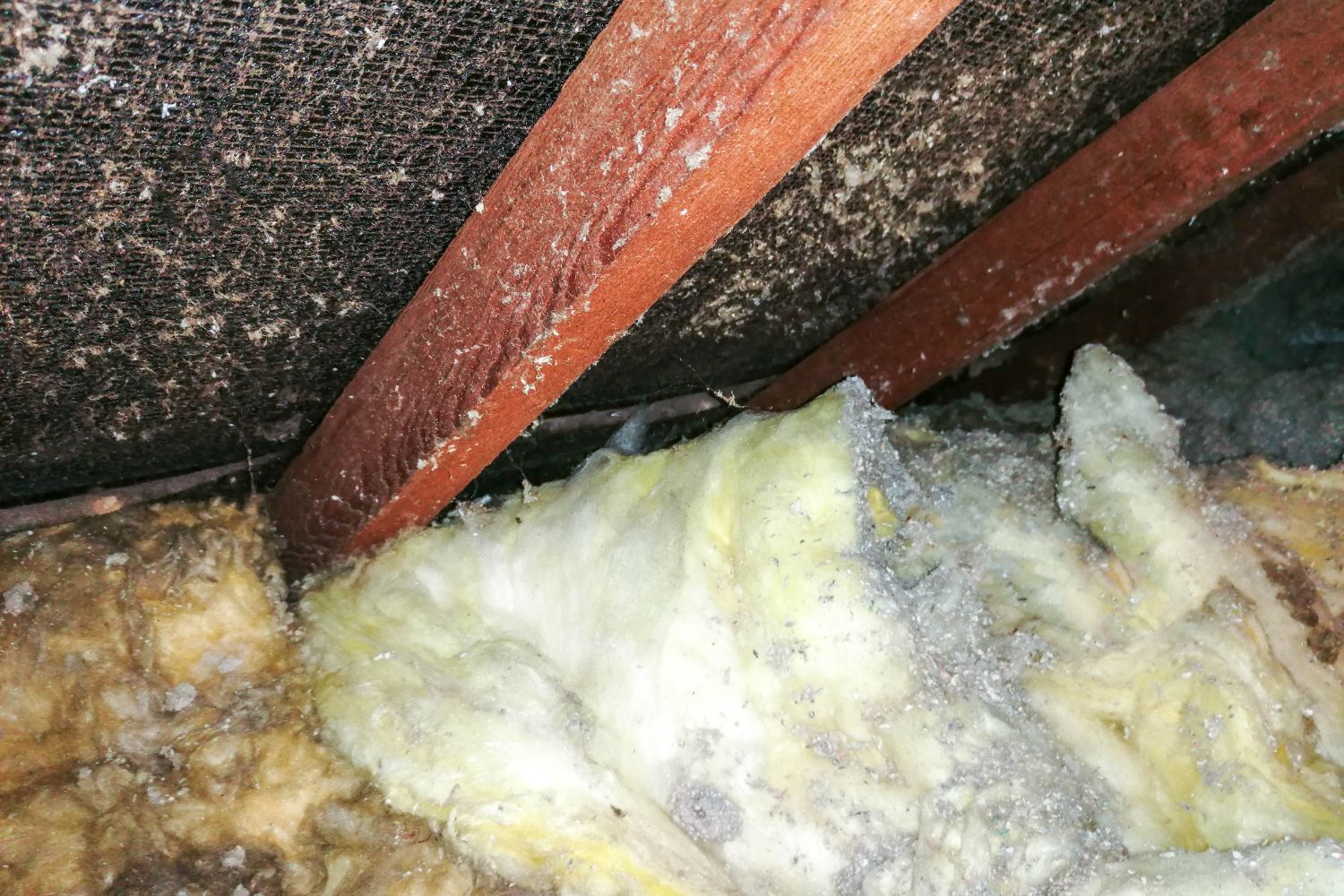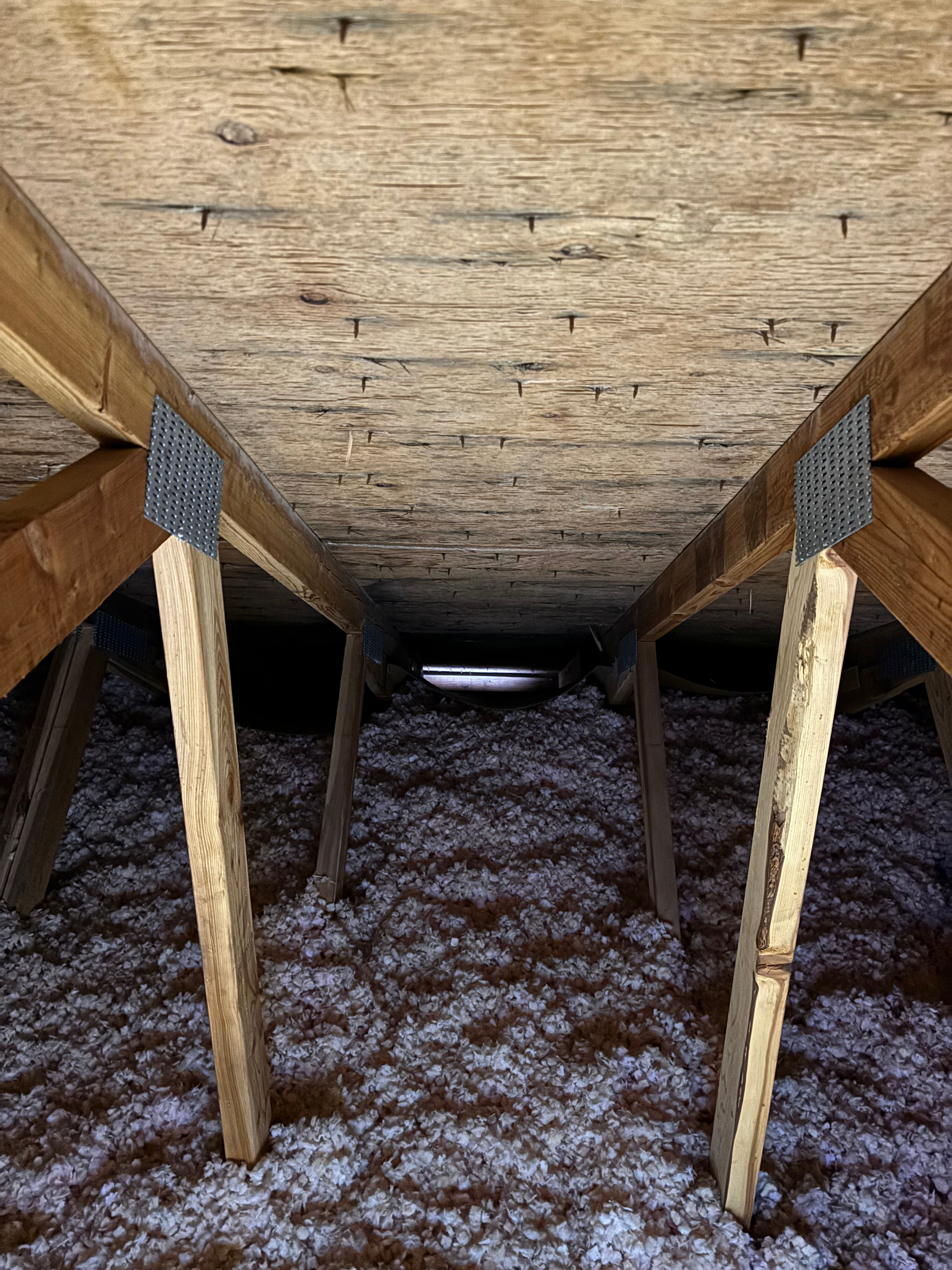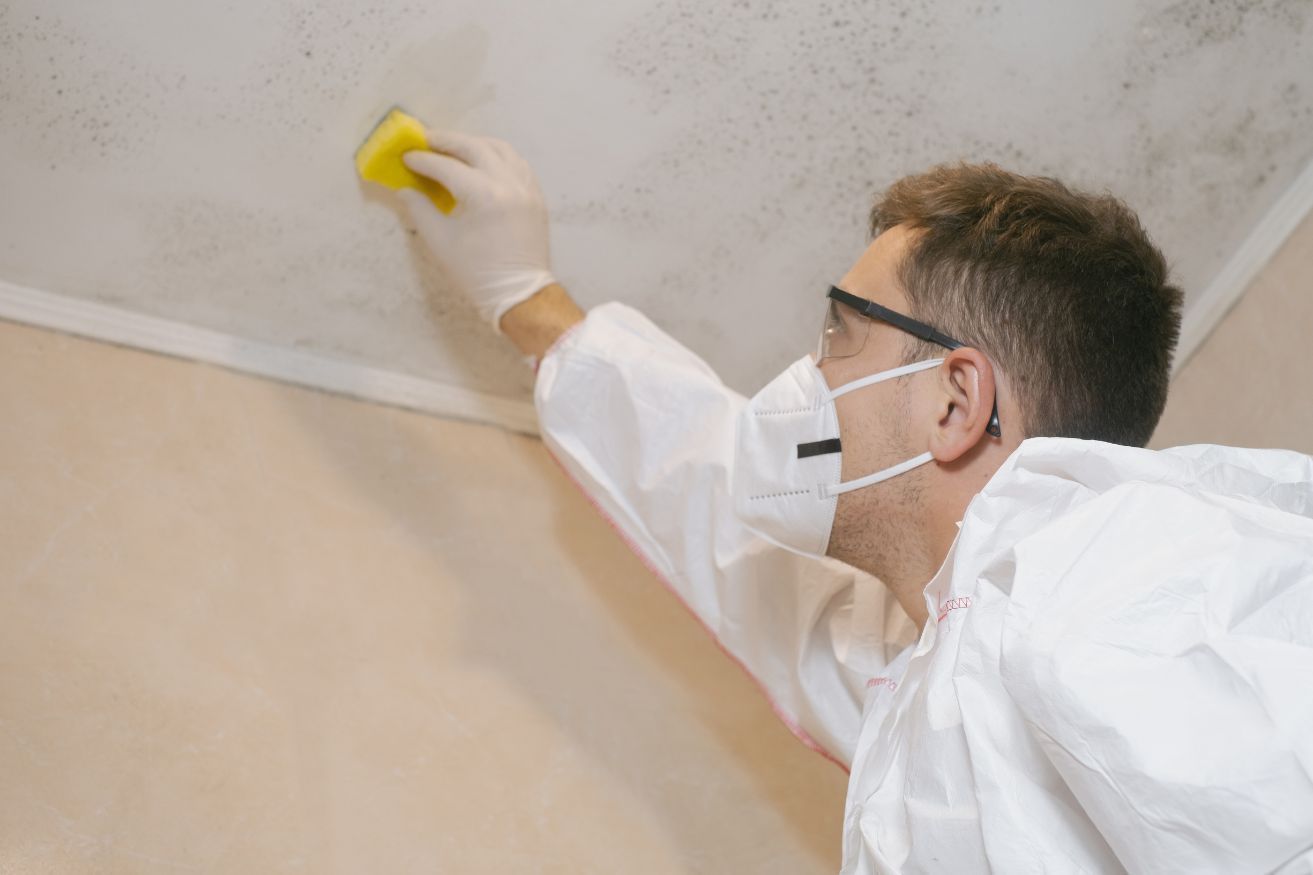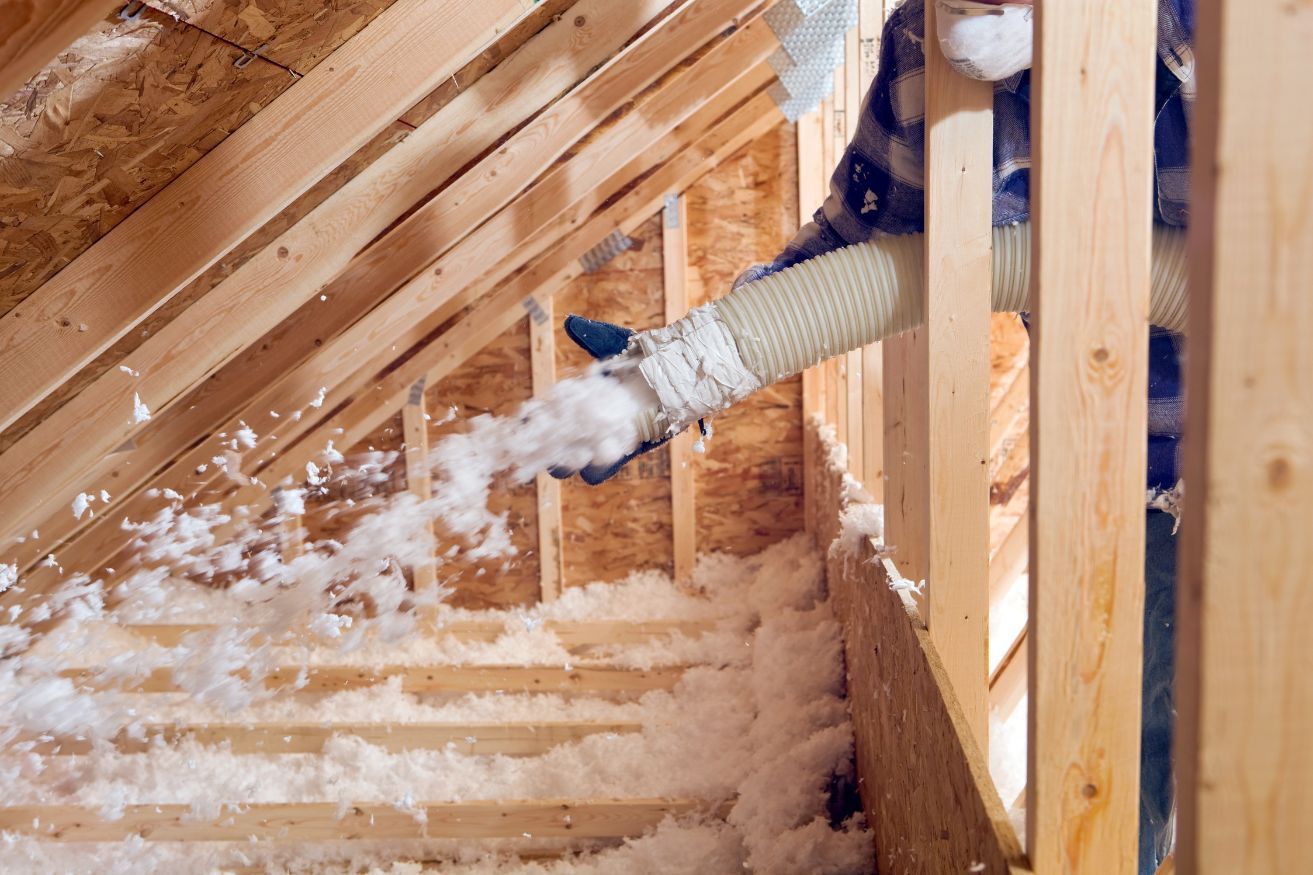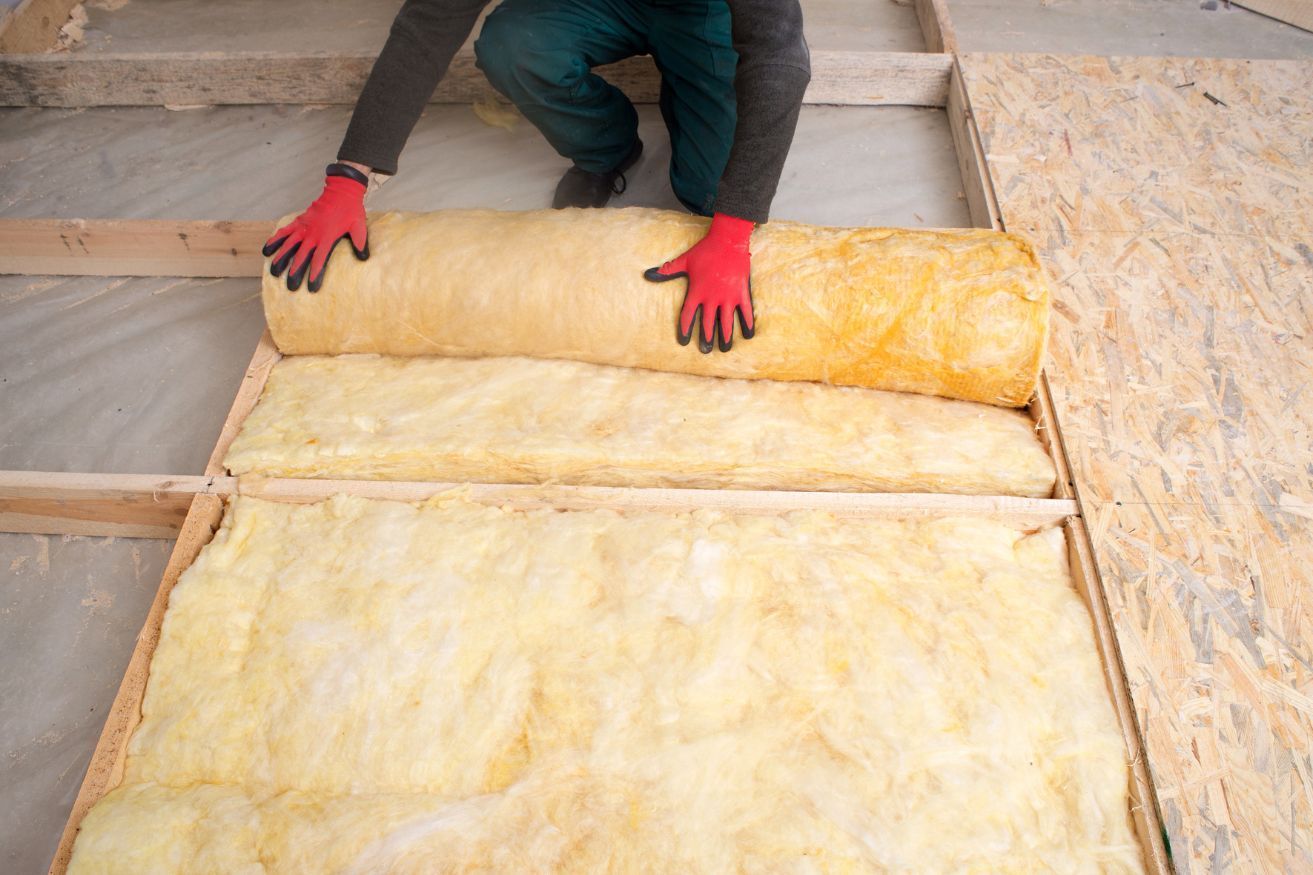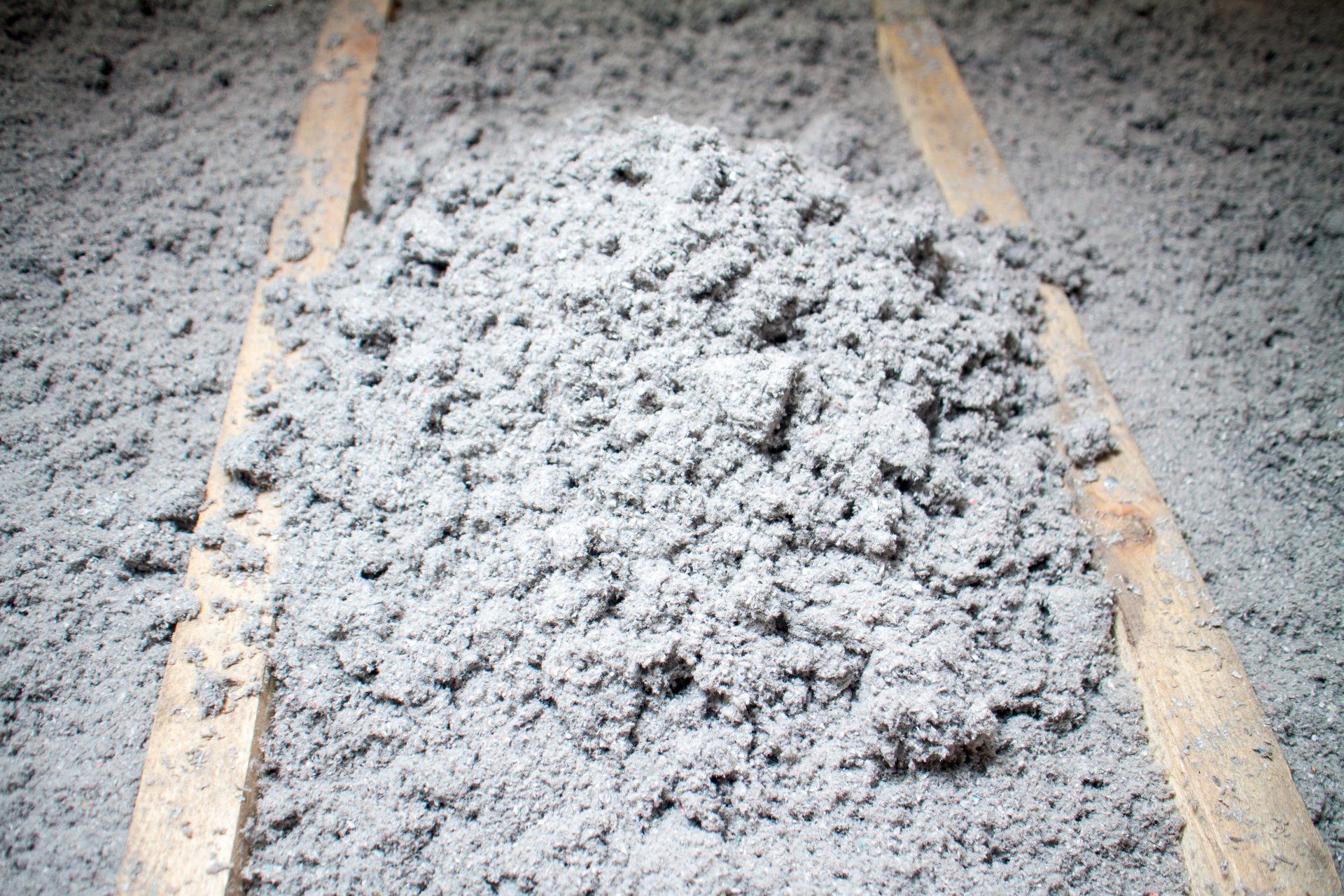Ice Dams and Mold Issues Related to Under Insulated Ductwork in the Attic
The Hidden Problem of Under-Insulated Ductwork in Attics: Snow Melt, Mold, and Ice Dams
When winter arrives, many homeowners focus on clearing driveways, insulating pipes, and keeping their homes warm. However, there’s one often-overlooked issue that can cause major headaches: under-insulated ductwork in your attic. This seemingly minor oversight can lead to snow melt on your roof, ice dams, and even mold growth in your home.
Let’s break down how this happens and what you can do to prevent it.
The Problem with Under-Insulated Ductwork
Furnace ductwork is designed to carry heated air from your furnace to different parts of your home. When these ducts run through an unconditioned space like an attic, they are exposed to much colder temperatures. Without proper insulation around the ducts, the warm air traveling through them can escape, warming the attic instead of your living spaces.
This heat loss creates several problems:
- Wasted Energy: Your furnace has to work harder to maintain the desired indoor temperature, driving up your heating bills.
- Snow Melt: The rising heat warms the roof decking from below, causing snow to melt unevenly. This melted snow can refreeze as it travels down to colder roof edges, creating ice dams.
- Moisture and Mold Issues: Warm, moist air escaping into the cold attic can condense on surfaces, promoting mold growth and potentially damaging insulation and wood framing.
How Snow Melt and Ice Dams Lead to Bigger Problems
Ice dams form when melted snow refreezes at the edge of the roof, where temperatures are colder. As the ice dam grows, it prevents proper drainage, causing water to back up under the shingles and into your home. This can lead to:
- Water stains and leaks in ceilings and walls.
- Rotting roof decking and structural damage.
- Increased humidity and mold growth in the attic and living spaces.
The Role of Mold in Your Home’s Health
Mold thrives in damp environments, and an under-insulated attic with condensation or water intrusion is the perfect breeding ground. Mold isn’t just unsightly; it can also pose serious health risks, especially for individuals with allergies, asthma, or compromised immune systems. Symptoms of mold exposure can include respiratory problems, headaches, and skin irritation.
How to Prevent These Issues
The good news is that these problems are preventable with a few proactive steps:
- Insulate Your Ductwork: Properly insulating the ductwork in your attic can significantly reduce heat loss and prevent the attic from warming up. Use insulation materials specifically designed for ductwork to ensure efficiency.
- Seal Air Leaks: Check for and seal any air leaks around duct joints, attic vents, and other openings where warm air might escape.
- Improve Attic Insulation: Adding adequate insulation to your attic floor will help maintain a consistent temperature and reduce the risk of snow melt.
- Ensure Proper Ventilation: Good attic ventilation helps regulate temperature and moisture levels, reducing the risk of condensation and mold growth.
- Inspect Your Roof: Make sure your roof is in good condition and equipped with proper drainage systems to handle winter weather.
The Bottom Line
Under-insulated ductwork may seem like a minor issue, but its effects can snowball into costly repairs and health hazards. By addressing insulation and ventilation in your attic, you can protect your home from snow melt, ice dams, and mold while improving energy efficiency and indoor comfort. Don’t let a hidden problem ruin your winter—take steps today to ensure your attic and ductwork are ready for the season.
